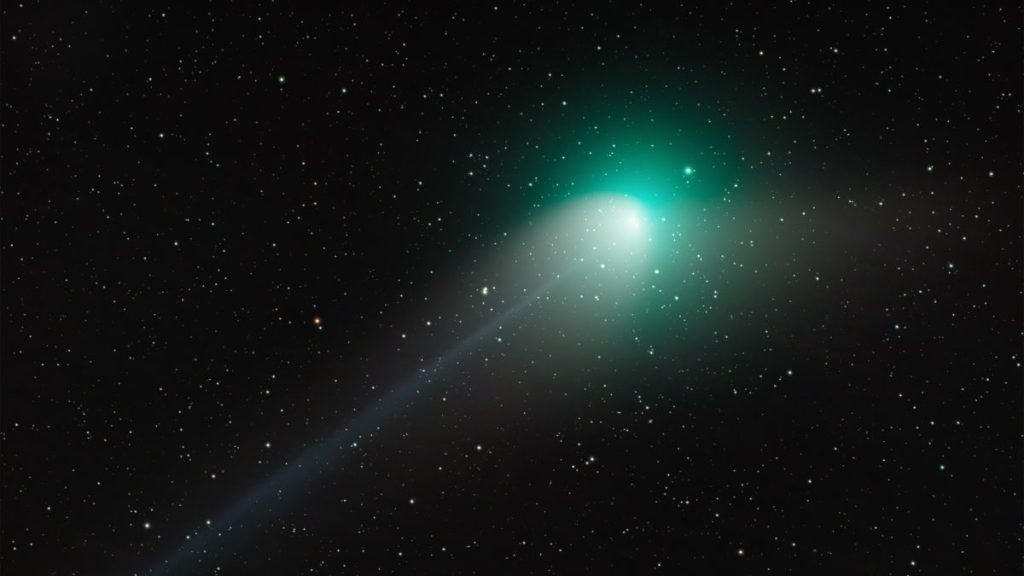In the emptiness between stars, countless frozen travelers drift unseen through space.
Others are reading now
Some pass close enough to be noticed, like comet 3I/ATLAS now crossing our Solar System. Scientists believe these visitors may be more than curiosities. ‘
New research suggests they could play a crucial role in the creation of planets themselves.
Seeds of new worlds
At a conference in Helsinki, researchers from the Forschungszentrum Jülich Institute in Germany presented a study suggesting that interstellar objects might start planet formation around young, massive stars.
The work, led by Professor Susanne Pfalzner, shows that when these objects are captured by the gravity of developing stars, they could become the first building blocks of new planets.
According to Pfalzner, computer simulations indicate that dusty disks surrounding young stars could trap millions of interstellar objects similar in size to 1I/ʻOumuamua, the first known object to arrive from beyond the Solar System.
Also read
Once caught, these solid bodies could attract gas and dust from the surrounding material, growing rapidly into planet-sized masses.
Solving a mystery
For years, scientists have struggled to explain how planets form from clouds of gas and dust.
In theory, small particles stick together through weak forces and gradually build larger bodies.
But in practice, simulations show that once fragments grow to about a meter in size, they tend to bounce or break apart instead of merging.
This problem, known as the “meter barrier,” has long challenged planet formation theories. Pfalzner’s study proposes that interstellar objects such as 3I/ATLAS could bypass this limitation.
Also read
Already large and stable, these bodies might serve as pre-made planetary seeds.
Their arrival could trigger fast growth and help form planets even in the turbulent environment around young stars.
Visitors from beyond
Only three interstellar objects have been observed so far: 1I/ʻOumuamua, 2I/Borisov, and 3I/ATLAS.
Unlike comets that belong to our Solar System, these travelers come from other star systems and never return.
When NASA’s Swift telescope observed 3I/ATLAS in mid-2025, it detected faint traces of hydroxyl gas, evidence of evaporating water.
Also read
This shows that such objects are chemically similar to the comets of our own Solar System.
Each discovery offers scientists a glimpse into the conditions in which other planetary systems form and evolve.
Explaining the giants
The idea may also solve another puzzle.
Gas giant planets like Jupiter form more easily around larger stars than around smaller ones, even though the disks of gas that surround such stars exist for only a few million years.
Capturing interstellar objects could speed up the process by providing solid cores that quickly gather surrounding gas.
Also read
Pfalzner explained that high-mass stars have stronger gravity and therefore capture more of these travelers.
This, she said, makes planet formation around them faster and more efficient.
Her next goal is to test these models to determine how many captured objects could realistically grow into full-sized planets.
Sources: BBC Sky at Night Magazine, NASA, Forschungszentrum Jülich, EPSC-DPS Joint Meeting 2025.


